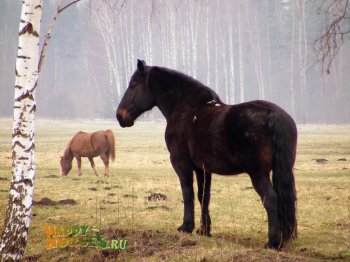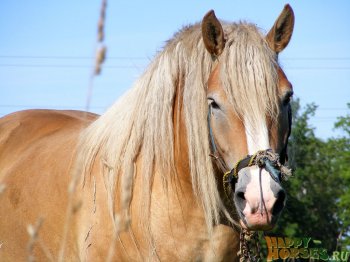
Gate Of Photo
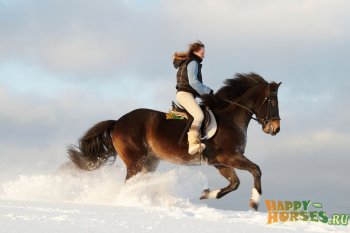 Light horses, in their forms, resemble the upper half-blooded species. They dominate the blood of the banners. Most of them, they have red-white. Light horses account for about 30 per cent of total purified animals. Crossing the purely-blooded top stalls with Latvian lungs, receives horses for escort, tourism and final sports.
Light horses, in their forms, resemble the upper half-blooded species. They dominate the blood of the banners. Most of them, they have red-white. Light horses account for about 30 per cent of total purified animals. Crossing the purely-blooded top stalls with Latvian lungs, receives horses for escort, tourism and final sports.
The Latvian horses are quite large. They're bones and have an excellent, powerful body. By proportion and body, Latvians are ideally suited to perform agricultural work.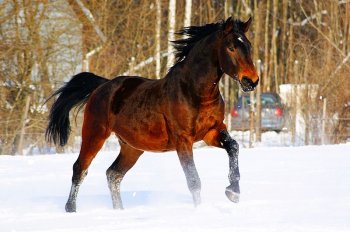 Deep breasts, well-developed muscle, strong bones, long blanks are all characteristic of the horses of the Latvian species. Among the shortcomings, we can only note that the small toxicity and sympatheticity of the rear legs.
Deep breasts, well-developed muscle, strong bones, long blanks are all characteristic of the horses of the Latvian species. Among the shortcomings, we can only note that the small toxicity and sympatheticity of the rear legs.
In Latvian breed, 17 genealogic lines have been established, 6 of them are light, 11 are heavy. To date, only 8. The other nine lines have been weakened enough to go to the uterus.
Nature and temper characteristics
The horses of the Latvian species are good, brave, energetic and moving.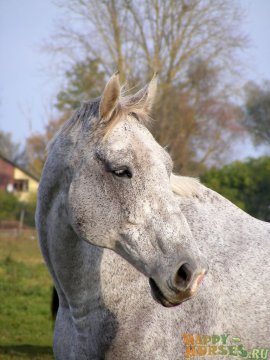 Good character is generally not characteristic of such powerful horses, but Latvians are an exception to this rule.
Good character is generally not characteristic of such powerful horses, but Latvians are an exception to this rule.
History
It is believed that modern horses of Latvian species are direct descendants of local forest horses. In favour of this assumption, the similarity of Latvian and Scandinavian species found traces of a massive horse with strong wide-ranging knives, which are 10 thousand years ago.
It is likely that one of the ancestors of the Latvian horse was also the ponies of the earth. Their kinship explains the rare combination of compelling bodywork, decoration and good, soft.
Selective work aimed at creating a breed that has the necessary characteristics began in the 1920s. 1921 is one of the most important in the history of Latvian species. A final factory was set up in the city of Octa of the county of Latvia. In order to improve the local nature of horses from Germany and Holland, tribal oldenburg horses were imported into Latvia. Initially, there were 50 oldenburg horses on the conezac, 24 of which were purely natural.
Between 1921 and 1943, 107 tribes and cobalts, as well as about 1,000 workers of the oldenburgers, were imported into the conesets of Latvia. These animals were used to improve the peasant cone, and they are given a key role in modern Latvian breeding.
The work of the villagers has borne fruit, and as a result of rabid tribal work, universal valuable work has been achieved. horse breed♪ In 1952, 31 years after the start of the village, Latvian pond was officially approved. Her original name is Latvian hardwood♪
